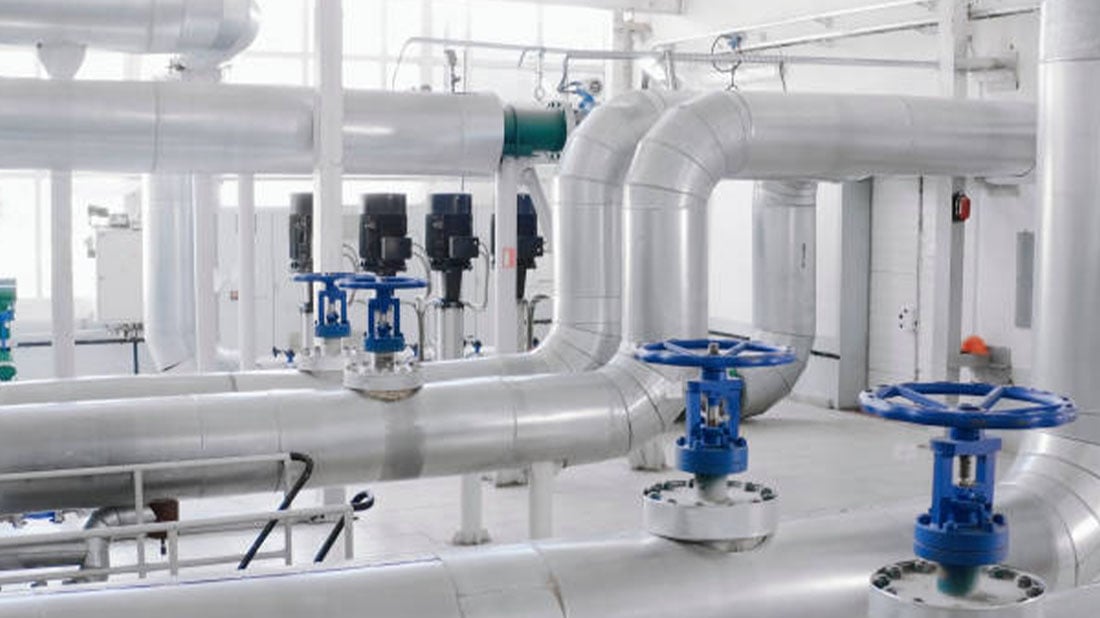The Key Components of Switchgear: A Comprehensive Overview
Switchgear is an integral part of electrical power systems, ensuring the reliable and safe operation of electrical circuits. It is used to control, protect, and isolate electrical equipment in substations, industrial facilities, and commercial buildings. To understand the functioning of switchgear, it is essential to familiarize ourselves with its key components. In this article, we will delve into the various parts of switchgear and their roles in maintaining electrical system integrity.
1. Circuit Breakers
The circuit breaker is one of the primary components of switchgear. Its primary function is to interrupt the flow of current in case of a fault or overload condition. By automatically opening the circuit, it prevents damage to the electrical equipment and minimizes the risk of fire or electrical hazards. Circuit breakers can be categorized into different types, such as air circuit breakers, vacuum circuit breakers, and SF6 circuit breakers, each with their own advantages and applications.
2. Busbars
Busbars are conductive metal bars that serve as a central connection point for distributing electrical power within switchgear. They act as a backbone, ensuring the efficient transfer of electricity between various components. Busbars are typically made of copper or aluminum due to their excellent electrical conductivity and thermal properties. These bars are designed to handle high currents and are often insulated to prevent accidental contact.
3. Disconnect Switches
Disconnect switches, also known as isolators, are used to physically isolate electrical equipment from the power source for maintenance or repair purposes. Unlike circuit breakers, disconnect switches do not provide any protection against faults or overloads. They are primarily used for manual operations and are capable of interrupting the flow of current when opened. Disconnect switches are commonly found in switchgear panels, allowing safe isolation of circuits and equipment.
4. Fuses
Fuses are overcurrent protection devices that are commonly used in low-voltage switchgear. They consist of a metal wire or strip that melts when exposed to excessive current, thereby breaking the circuit. Fuses are designed to be sacrificial components, meaning they need to be replaced after being activated. They are often used in conjunction with other protective devices to provide additional layers of protection against short circuits and overloads.
5. Relays
Relays are electromagnetic switches that open or close circuits based on specific conditions or signals. They play a crucial role in protecting electrical equipment and controlling the flow of current within switchgear. There are various types of relays, including protective relays, control relays, and auxiliary relays. Protective relays monitor electrical parameters and initiate actions to isolate faulty sections of the system, preventing further damage.
6. Instrument Transformers
Instrument transformers are used to measure and transform voltage and current levels within switchgear. They enable the accurate monitoring and control of electrical parameters. Current transformers (CTs) are used to step down high currents to manageable levels for measurement and protection purposes. Voltage transformers (VTs), also known as potential transformers (PTs), step down high voltages for similar purposes. These transformers ensure the safety and reliability of the electrical system.
7. Surge Arresters
Surge arresters, or lightning arresters, are vital components that protect switchgear from transient overvoltages caused by lightning strikes or switching operations. They divert the excess energy from the surge to the ground, preventing damage to the sensitive equipment. Surge arresters can be classified into several types, including gapless metal-oxide surge arresters (MOAs) and silicon carbide surge arresters (SICAs), each designed to handle specific voltage levels and energy dissipation.
8. Control Panels
Control panels house the various control and monitoring devices necessary for operating switchgear. They provide operators with the means to monitor electrical parameters, control circuit breakers, and receive alarms or notifications. Control panels often include indicators, push buttons, meters, and programmable logic controllers (PLCs) to facilitate efficient and safe control of the switchgear.
9. Enclosures
Switchgear enclosures are protective structures that house the various components, safeguarding them from environmental factors and ensuring operator safety. Enclosures are typically made of metal, such as steel or aluminum, and are designed to provide insulation, mechanical strength, and protection against dust, moisture, and other contaminants. Additionally, switchgear enclosures are often equipped with ventilation systems to dissipate heat generated during operation.
10. Interlocks
Interlocks are safety mechanisms that prevent unsafe operations or configurations of switchgear. They ensure that certain actions can only be performed in a specific sequence or under specific conditions. For example, interlocks can prevent the opening of a circuit breaker when it is still under load, minimizing the risk of arc flash incidents. Interlocks enhance the overall safety and reliability of switchgear systems.

